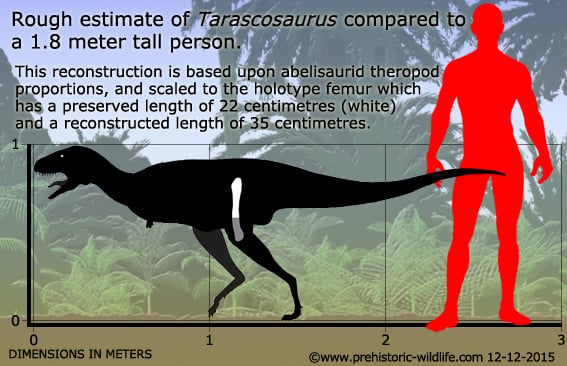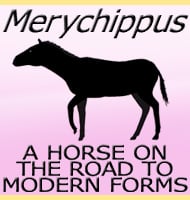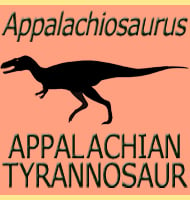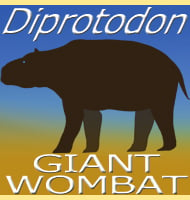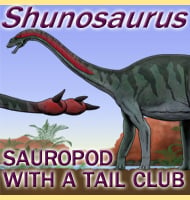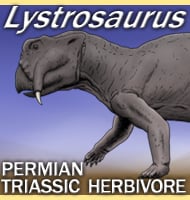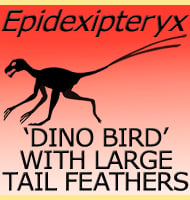In Depth
Despite its appearance in dinosaur documentaries like Dinosaur Planet, not much is known about Tarascosaurus. The type material is very incomplete but has still seen this dinosaur tentatively placed within the Abelisauridae. Aside from Betasuchus, Tarascosaurus is the only representative of this group of theropod dinosaurs which were previously considered to be present only in the southern continents and absent from Europe. Indeed not all palaeontologists are convinced about the placement of Tarascosaurus with the abelisaurs. Most of the renditions of Tarascosaurus are based upon much more complete abelisaurid genera like Aucasaurus.
Tarascosaurus was named after Tarasque, a legendary dragon once said to live in Provence. Since this time the names of other legendary European dragons have been used to name genera of prehistoric creatures, one example being Smok that was named for a dragon in Polish mythology.
Further Reading
– Tarascosaurus salluvicus nov. gen., nov. sp., dinosaure th�ropode du Cr�tac� sup�rieur du sud de la France [Tarascosaurus salluvicus nov. gen., nov. sp., a theropod dinosaur from the Upper Cretaceous of southern France]. – G�obios 25(5):585-594 – J. Le Loeuff & E. Buffetaut – 1991.
